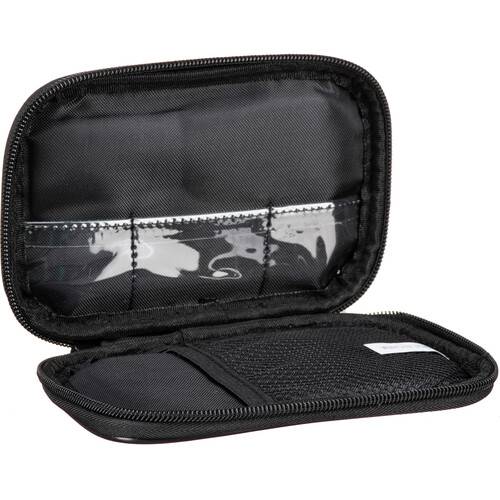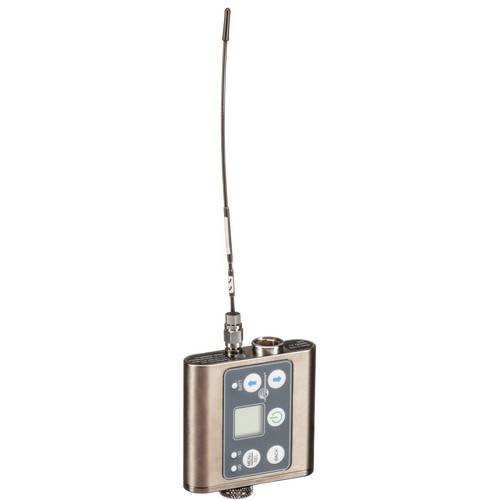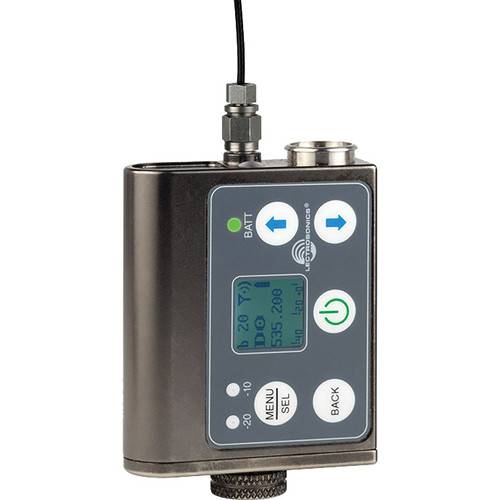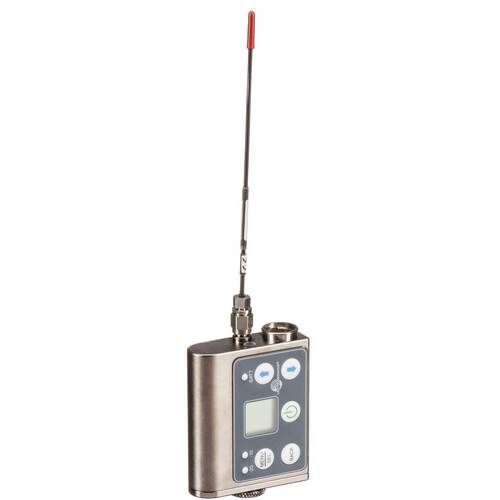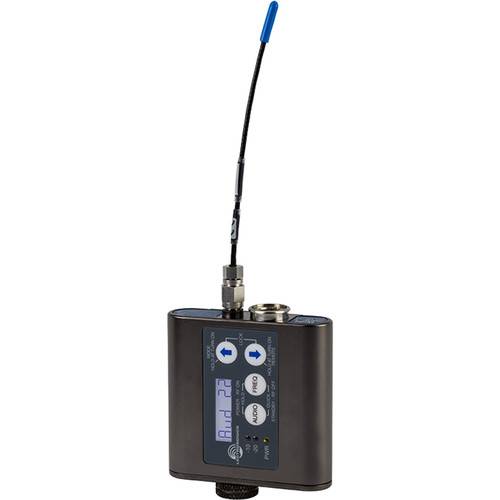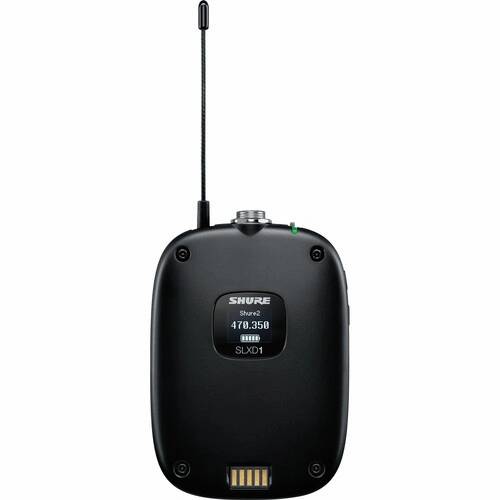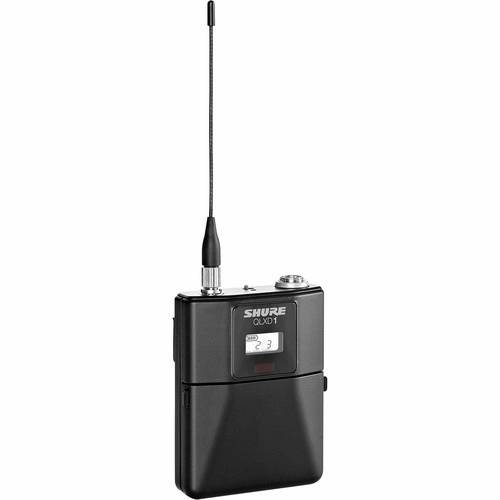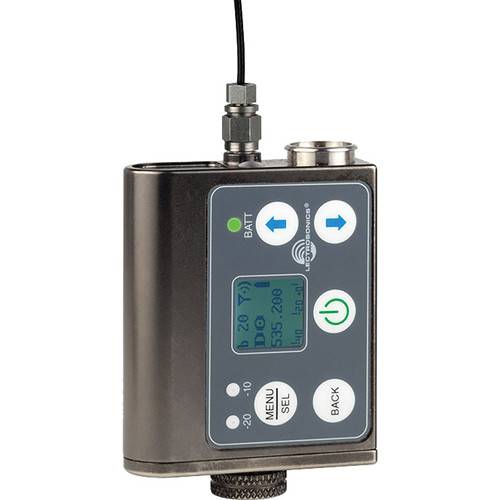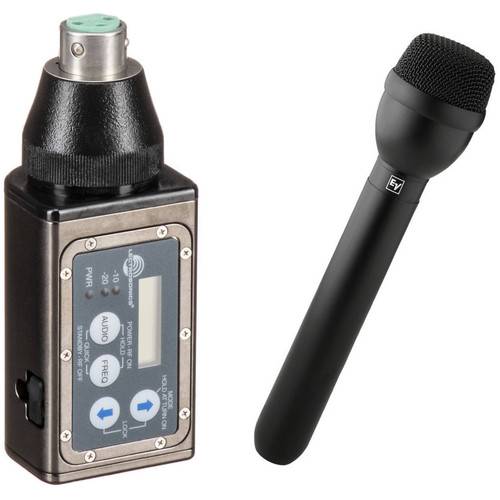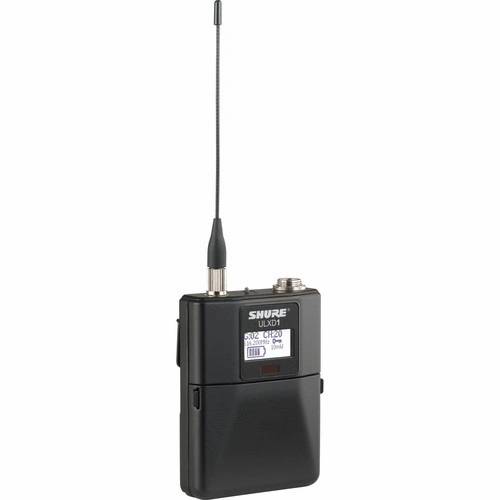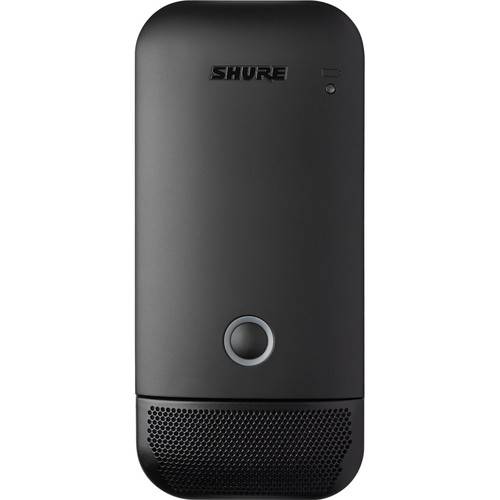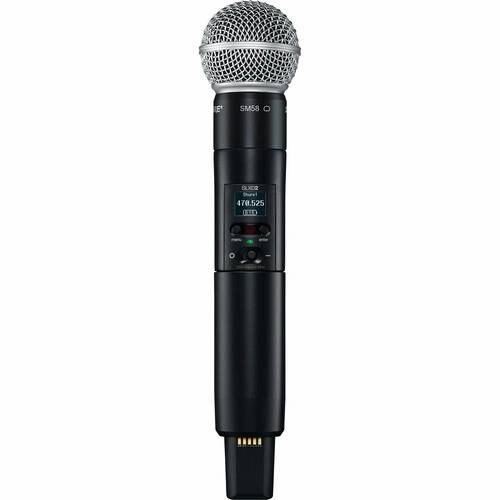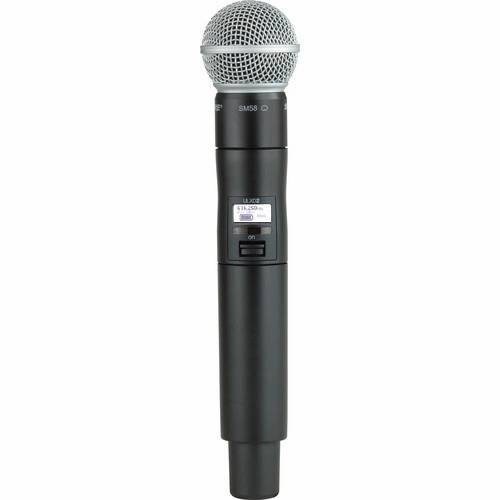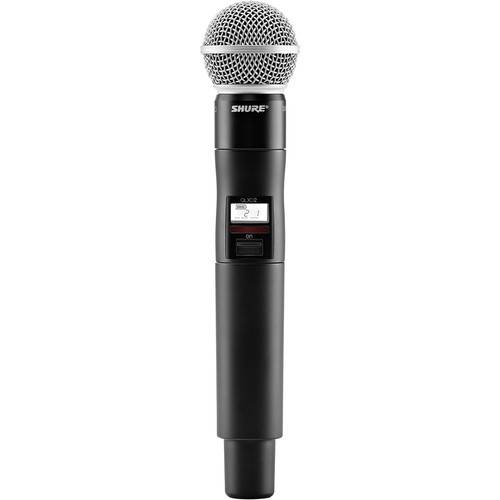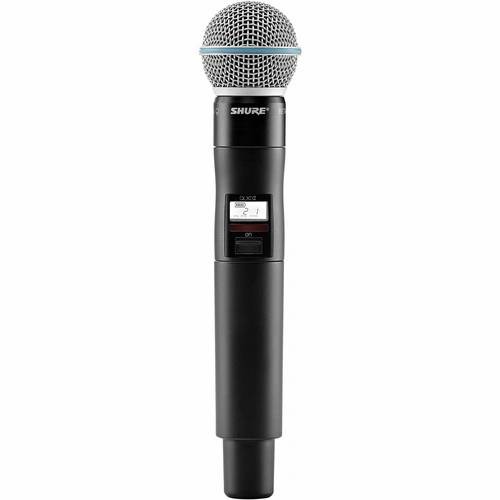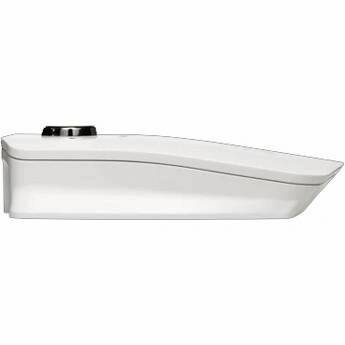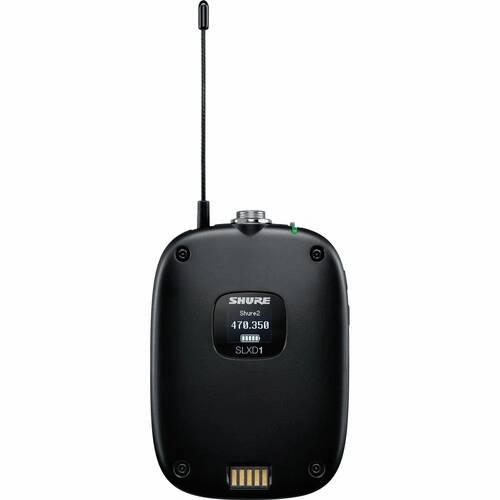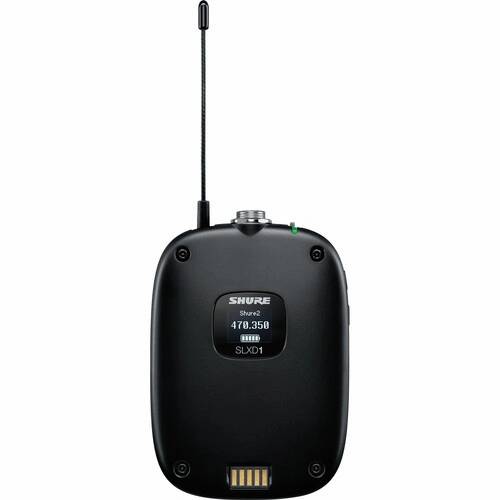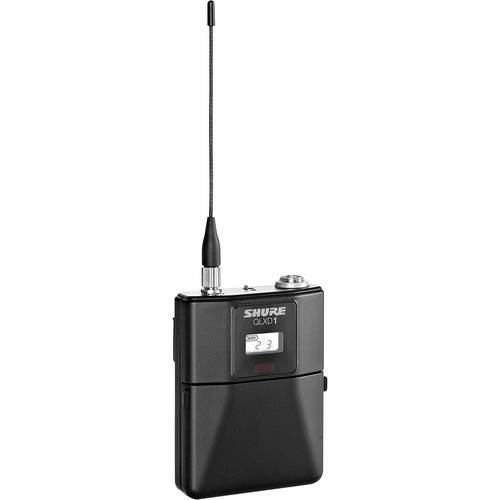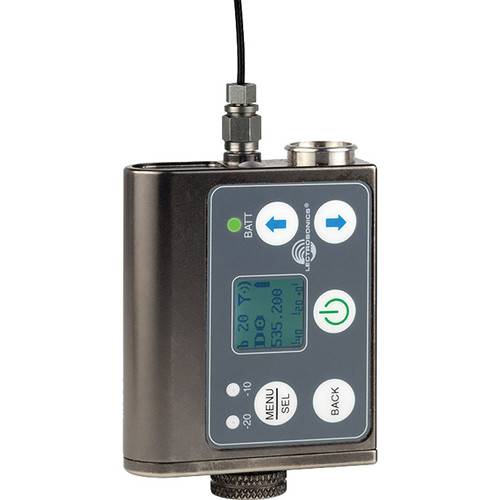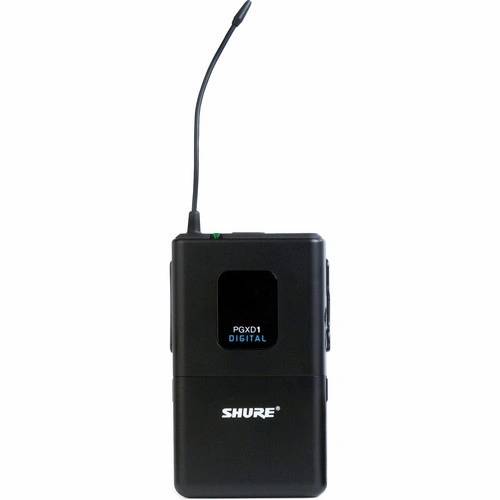
Lectrosonics SSM Digital Hybrid Wireless Miniature Transmitter (B1: 537.600 to 614.375 MHz)
Currency
$1654$1554
Crypto
155.98 M Invastor Coins (INV)
Sold By: InVastor
The SSM from Lectrosonics is a miniature Digital Hybrid Wireless Transmitter with selectable frequencies across a maximum tuning range of 76.7 MHz and has selectable 25 or 50 mW RF output power. It can be used in applications where concealment in costuming is required or any other production such as for live stage, theater, houses of worship, reality TV, and more.
Condition: New
Ships From: Brockton, Massachusetts, United States
Delivery Options: Local Pickup- Economy Shipping
SKU: LESSMB1
Categories:Electronics And AccessoriesElectronicsAudioAudio ComponentsAudio TransmittersFM Transmitters
The SSM features selectable frequencies in 100 kHz or 25 kHz steps yielding a total of 3,072 available frequencies across three standard frequency blocks. Its lithium-ion battery provides power and sits in a stainless-steel battery door that latches closed and cannot be jarred open accidentally.
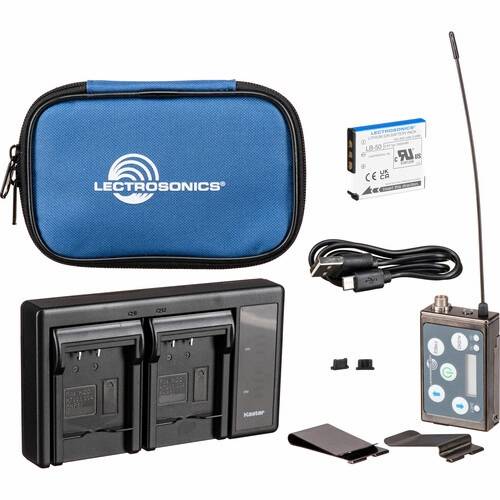
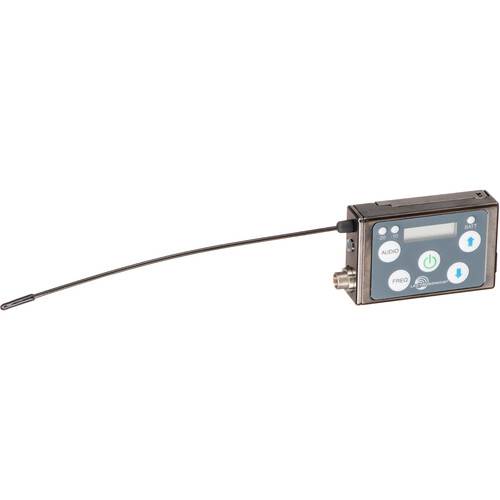
The servo bias input that is built into the transmitter accepts mic or line level signals and uses gain adjustments in 1 dB steps. The LED indicators on the membrane keypad allow you to monitor precise gain adjustments and settings. A built-in limiter in the preamp, handles signal peaks over 30 dB. This provides you with the maximum signal to noise ratio and minimum distortion for input, but still provides protection against input overloads.
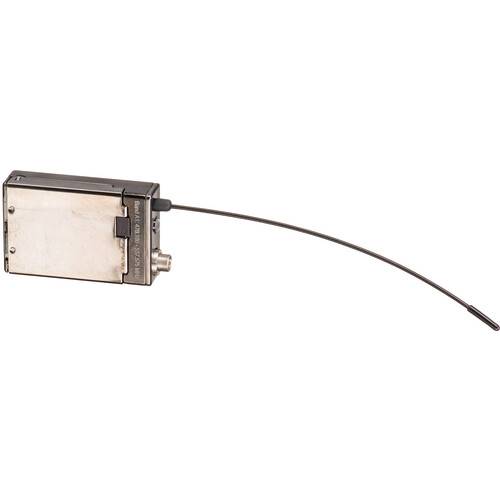

The SSM is compatible with earlier analog Lectrosonics receivers IFB, and some other receivers, from manufacturers that utilize the DSP emulation mode, which is selectable in the LCD menu. The SSM transmitter housing is constructed of machined aluminum and has a hard, black electroless nickel finish called ebENi.
The SSM transmitter tunes across a range of over 76 MHz. This tuning range covers three standard Lectrosonics frequency blocks


- The transmitter operates from a 3.7V rechargeable battery that will provide about four hours of operation per charge
- The factory-supplied battery charger provides a folding NEMA 2-prong plug, and will operate from 100-240 VAC sources. The LED glows red during charging and turns green when the battery is fully charged
- The LCD is a numeric-type Liquid Crystal Display with screens for adjusting output power, frequency, audio level, low frequency audio roll-off, and various modes and options
- The antenna is a flexible whip made of galvanized steel, permanently attached to the transmitter to prevent damage from heavy use. The IR port is capped with a translucent dome material to broaden the reception angle. The input jack is a rugged 3-pin LEMO connector with a threaded locking sleeve
- An infrared sync port on the SSM allows for quick setup with compatible receiver systems. A micro-B USB port makes it possible for firmware updates in the field as advanced features are added in the future
- The SSM responds to remote commands for frequency, audio level, sleep modes, and other settings from the RM remote unit or 3rd party smartphone apps

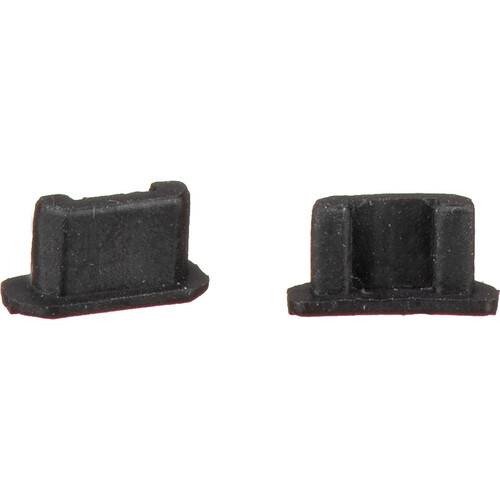
Digital Hybrid Wireless® is a patented design that combines 24-bit digital audio with an analog FM radio link to provide outstanding audio quality and the extended operating range of the finest analog wireless systems. The design overcomes channel noise in a dramatically different way, digitally encoding the audio in the transmitter and decoding it in the receiver, yet still sending the encoded information via an analog FM wireless link. This proprietary algorithm is not a digital implementation of an analog compandor. Instead, it is a technique which can be accomplished only in the digital domain, even though the audio inputs and outputs are analog signals.
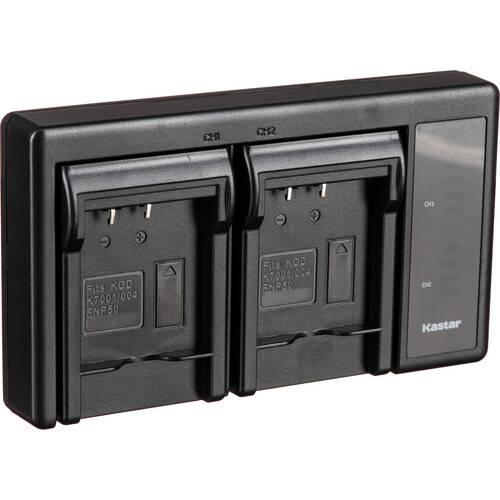

The battery cover is made of stainless steel for durability, and to preserve the thin wall thickness needed for a miniature design. The cover is hinged to the housing to simplify handling during battery changes. The belt clip slides over the end of the cover and is retained by tabs on the cover that nest into holes on the clip. Secure latches on the battery cover prevent accidental opening, yet are easy to operate. Also on the bottom panel, a USB port makes firmware updates quick and easy.


Power is provided by a rechargeable Li-ion battery pack. Spring contacts inside the compartment keep the batteries from rattling and provide reliable electrical contacts. The stainless steel battery door latches securely and cannot be jarred open accidentally.
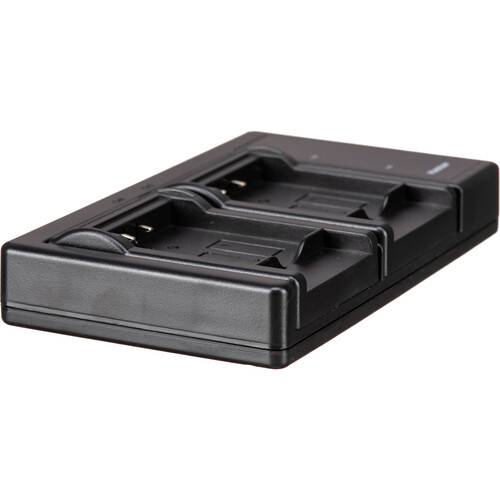

Frequencies are selectable in 100 kHz or 25 kHz steps across a maximum tuning range of 76.7 MHz, which yields a total of 3,072 available frequencies across three standard frequency blocks. The servo bias input accepts mic or line level signals with a wide range of gain adjustment in 1 dB steps. The limiter in the preamp can cleanly handle signal peaks over 30 dB above full modulation, allowing the input gain to be set high enough to achieve the maximum signal to noise ratio, yet provide protection against input overload. Accurate LED indications on the keypad allow precise gain adjustments to be made for the maximum signal-to-noise ratio and minimum distortion.
Compatibility with earlier analog Lectrosonics receivers, Lectrosonics IFB receivers and some receivers from other manufacturers is provided by DSP emulation modes selected in the LCD menu.

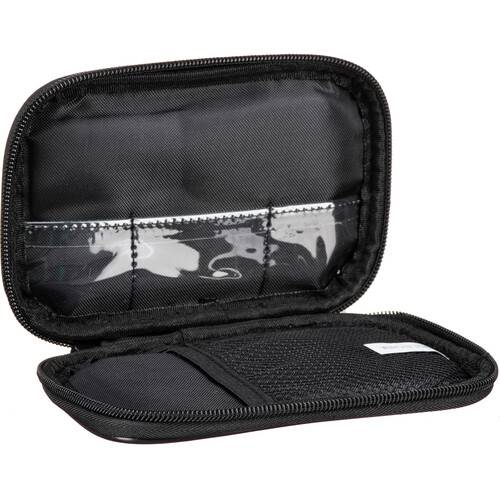
The membrane switch panel and LCD enable access to all adjustments and settings. The menu structure is easy to navigate. Battery status is indicated by a bi-color LED that is green with a fresh battery, then turns to red as the battery runs down, and finally starts blinking red when there are only a few minutes of runtime remaining.
-MS


